Soil use and coverage maps are a classification of the territory that allow users to understand how the environment and nature has developed. Both concepts are frequently used and often confused.
“Soil use” describes “human activity that is intimately related with the superficial ground,” while “soil coverage” is the “vegetation or artificial construction that covers the surface of the land” (Anderson et al. 1961).
Some common examples of soil coverage include agricultural crops, construction (such as industrial zones), bodies of water (ravines, lakes, and rivers), and vegetation (forests, bushy regions, or meadows). Soil use and coverage are both direct products of the ongoing interaction between the organic, inorganic, and anthropological processes that work together molding the landscape.
The map below shows soil coverage of the region that includes the Estuario de la Bahía de San Juan basin and was classified for the PRGAP project (Puerto Rico Gap Analysis Project, 2008) as per images from Landsat TM from the year 2000.
In the estuary basin, urban developments with high density prevail. For this reason, construction occupies 56 percent of the land. Wetlands follow with 19 percent, and meadows and pastures occupy 10 percent.
If we look at the coverage distribution by municipality, in the majority of the municipalities (Bayamón, Carolina, Cataño, San Juan, Guaynabo, Toa Baja and Trujillo Alto), except Canóvanas and Loíza, urban coverage is most prevalent. Canóvanas and Loíza are predominantly forests and wooded wetlands, respectively.
Municipalities with a higher density of urban coverage include Guaynabo (72%), San Juan (70%), and Trujillo Alto (68%), and Canóvanas is 54% covered in forests.


